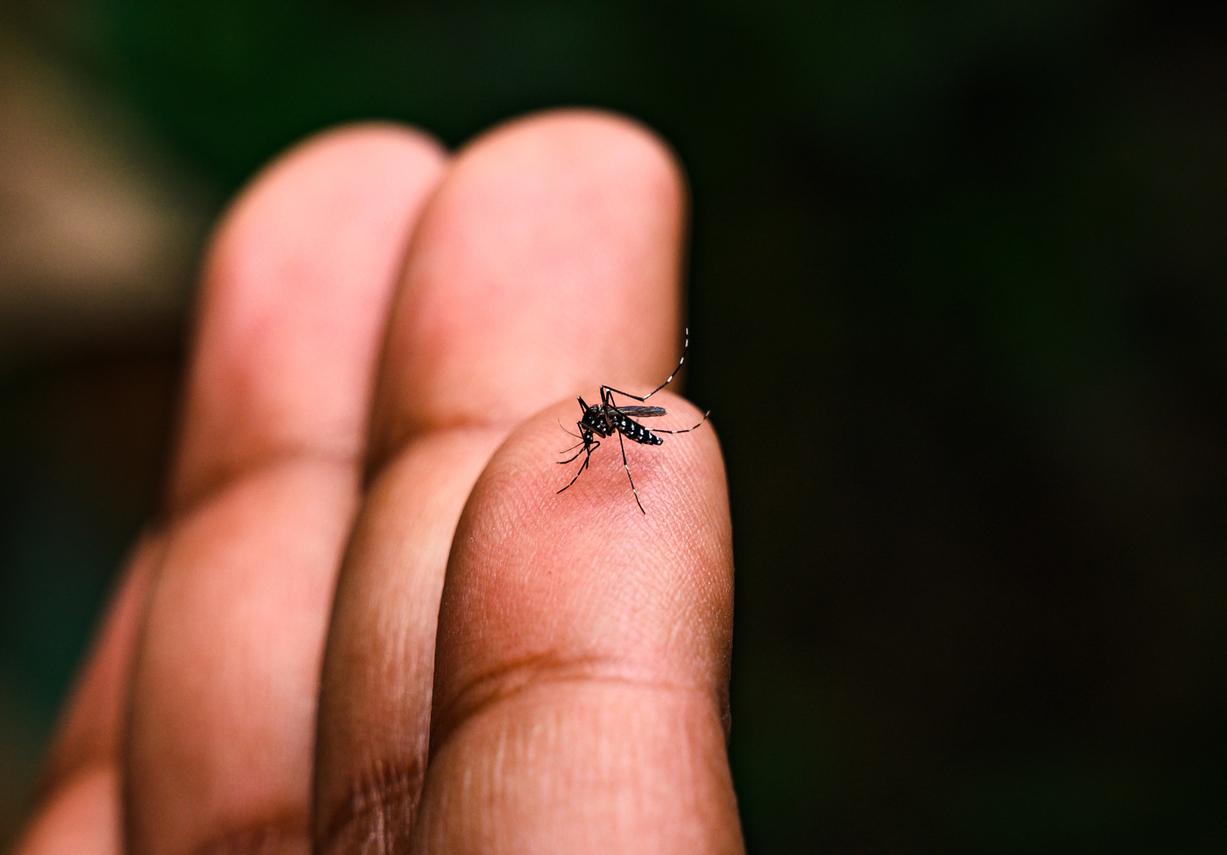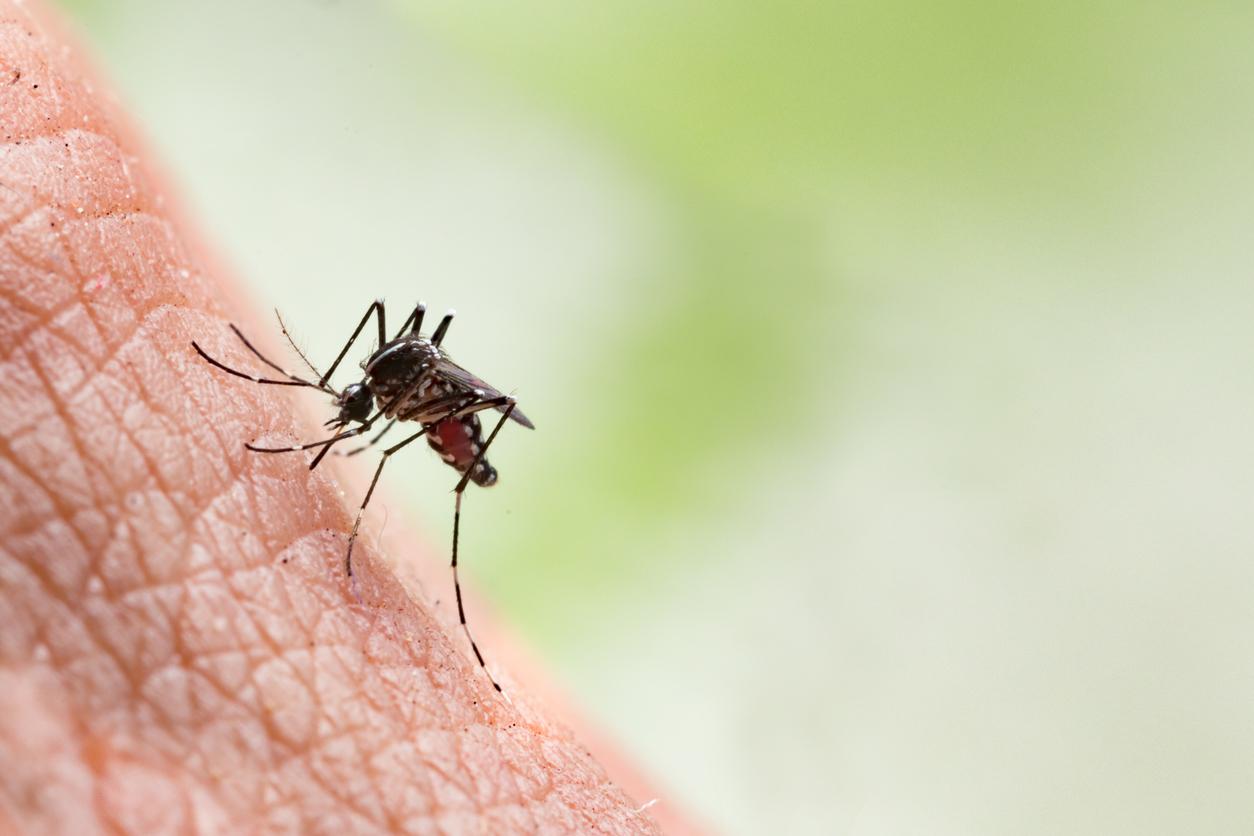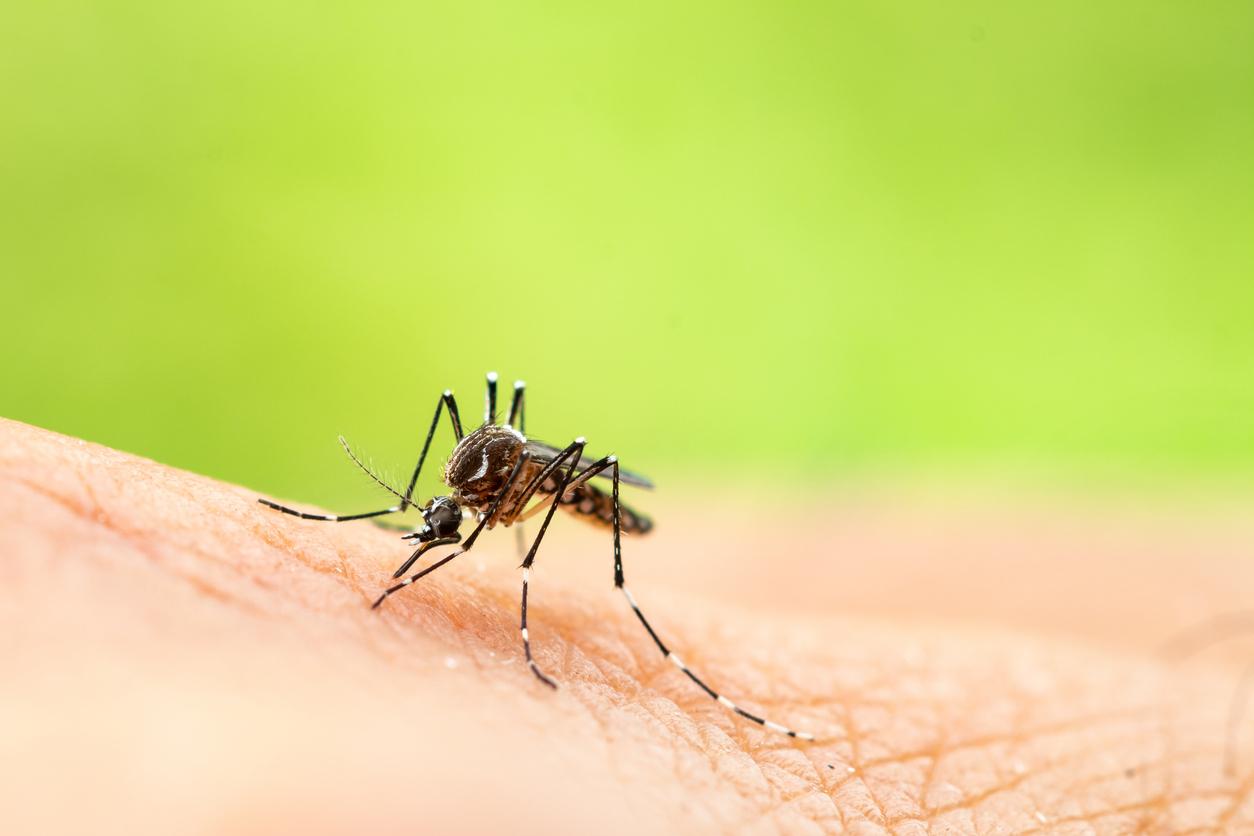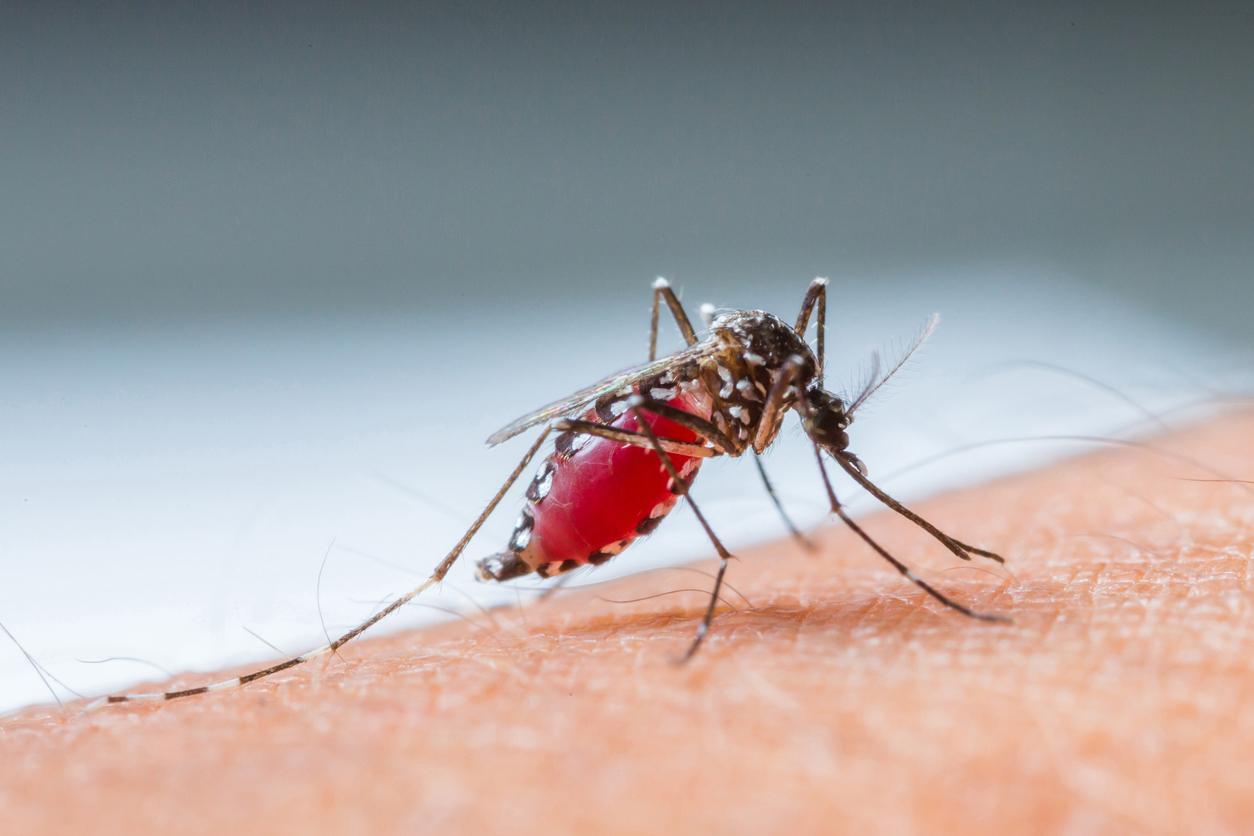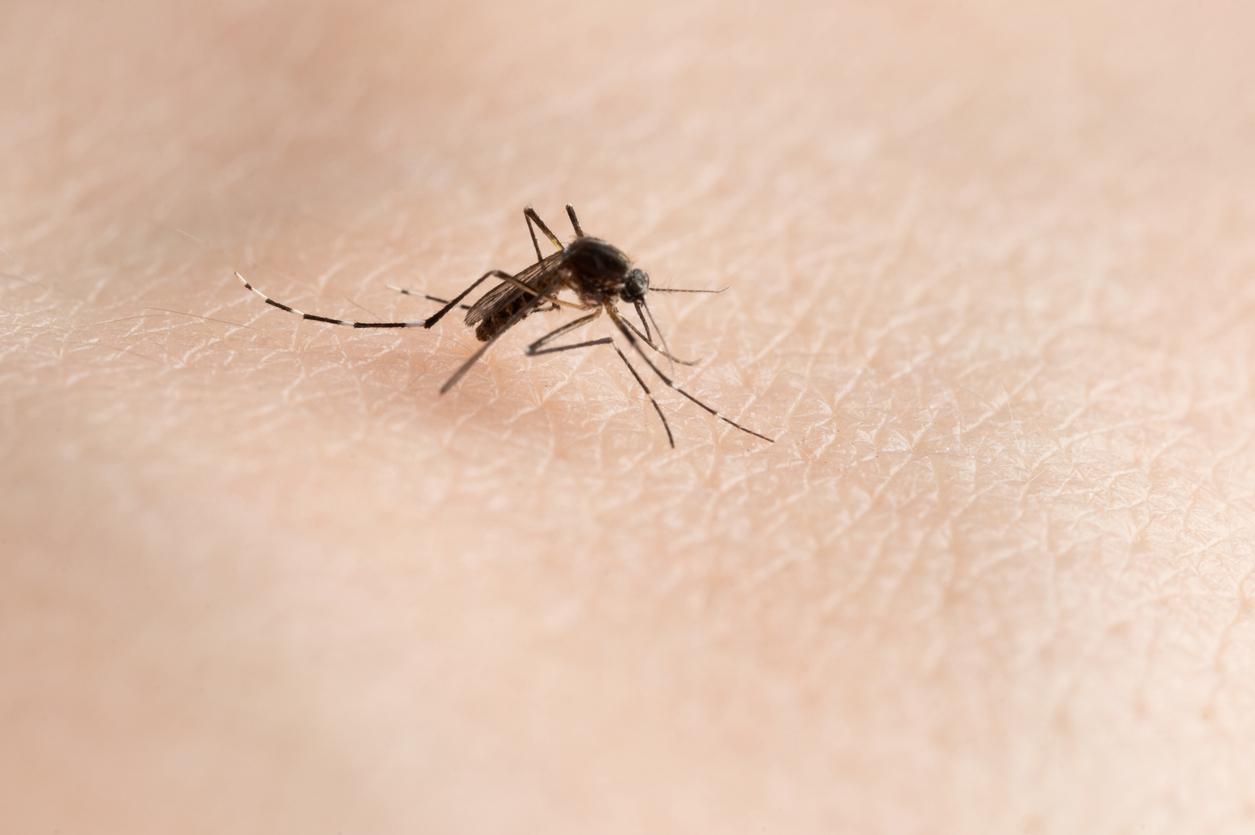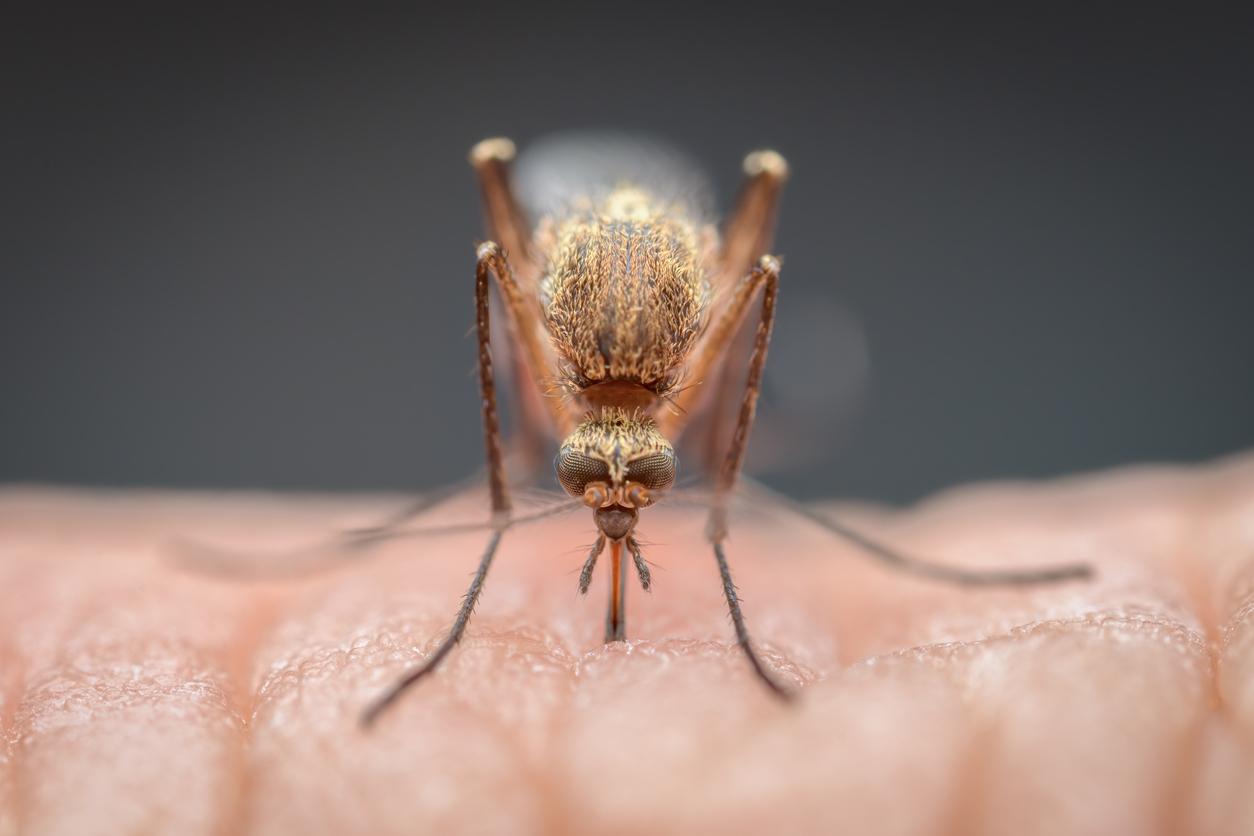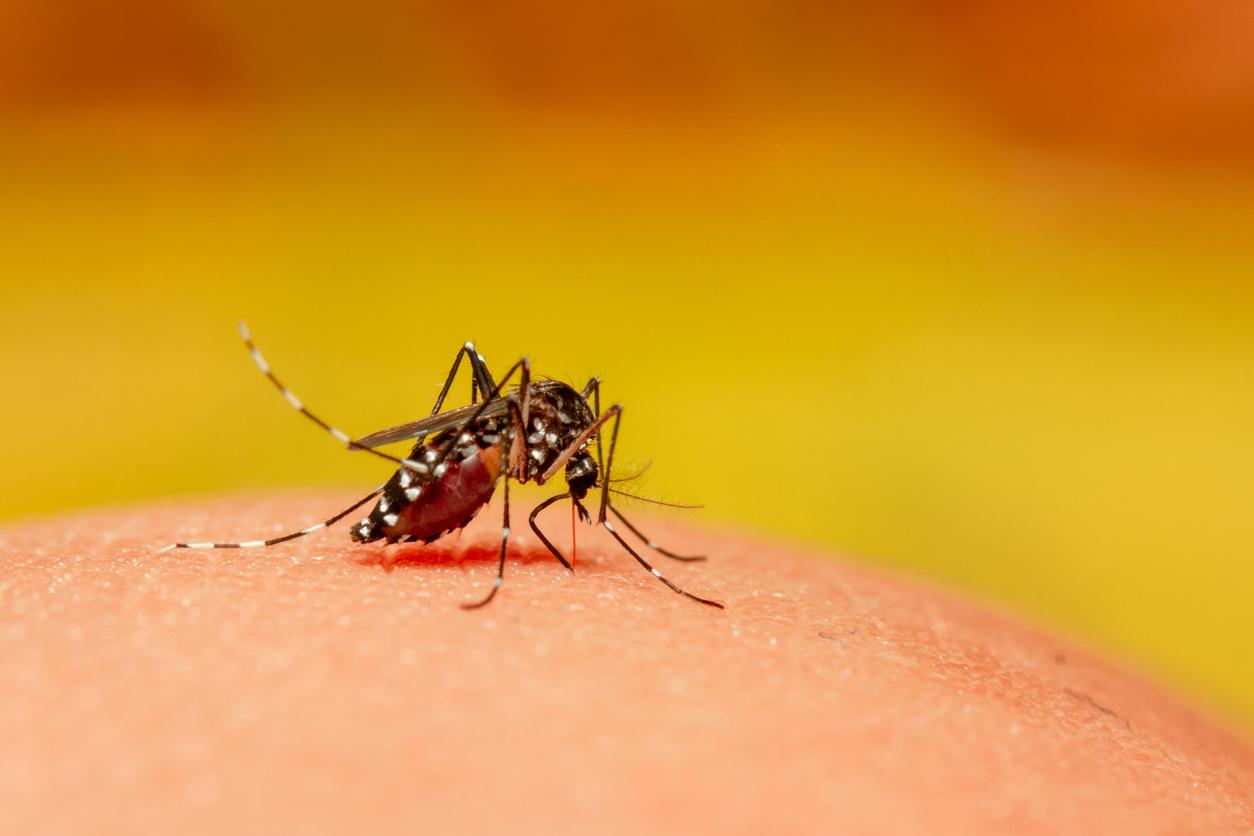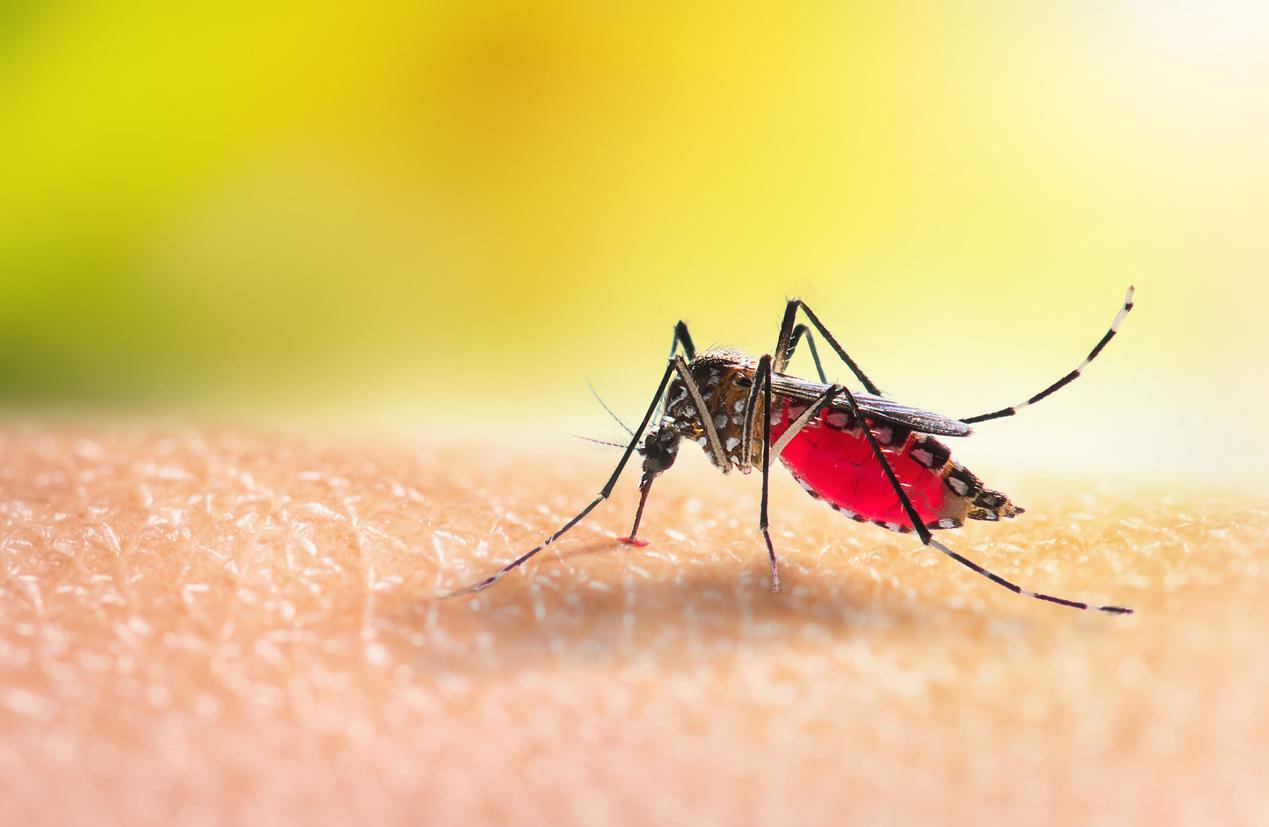A European consortium has received a Horizon 2020 grant to study the Zika virus, and in particular its effects on pregnant women and their babies.
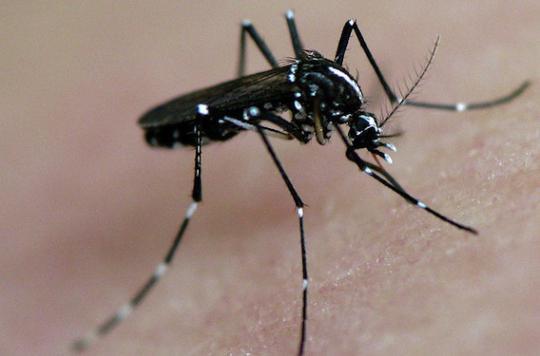
French research is in the spotlight. A European research project, coordinated by Inserm, received 12 million euros from the European Union’s Horizon 2020 research and innovation program to combat the Zika virus. Thanks to this envelope, researchers from 18 different countries spread over 4 continents will be able to continue their work for at least 3 years.
The ZikAlliance consortium, led by the virologist Professor Xavier de Lamballerie (Inserm, IRD, University Aix-Marseille), brings together the largest French institutions such as the Institut Pasteur, the CNRS or the CEA and European but also Brazilian (1).
All these partners have been mobilized since 2015 to fight this emerging infectious disease which has already affected 73 countries and territories around the world in less than a year. An unprecedented epidemic in Latin America and the Caribbean which revealed the dangerousness of the virus: brain malformation in fetuses of infected mothers, and Guillain-Barré syndrome in adults.

Three lines of research
These repercussions during pregnancy and the short and long term effects on newborns will be one of the research axes of the consortium. Because Zika’s ravages are not limited to microcephaly. Infected newborns are said to have hearing and ophthalmic problems. Neurological consequences could also appear later in childhood. Cohorts of infected pregnant women in the West Indies and Latin America were therefore set up to assess the consequences on mothers and their children.
Another objective of the project: to better understand the history of Zika in humans and in their environment. Discovered in 1947 in Africa and then in Asia in monkeys and mosquitoes, the virus was considered benign and of little interest to researchers. It was only 60 years later, after a wave of epidemics (Micronesia in 2007, French Polynesia in 2013 and then in Brazil two years later) that the scientific world really looked into this cousin of dengue and of chikungunya. The international team will seek “to characterize the virus, the mechanisms of the disease and to identify the drugs making it possible to control the viral infection”, explains Inserm.
In the social sciences, scientists will also analyze the cost and social repercussions of the disease and describe the beliefs and behaviors within the affected Brazilian population. The consortium also aims to prepare for threats of future epidemics in affected areas. A kick-off meeting is scheduled in Sao Paulo on December 4 and 5, 2016.
(1) The consortium includes the Oswaldo Cruz Foundation (Fiocruz), the Universities of Heidelberg, Leuven, and Oxford, the Erasmus Medical Center, the Leiden University Medical Center, the University of Bonn Medical Center, the Fundação Bahiana Foundation de Infectologia, Institut Pasteur de Paris and New Caledonia, Inserm Transfert, IRD, CEA, CNRS, Aix Marseille University, Institut Louis Malardé Papeete, ANSES, University of Lyon, University of Rennes 2.
.









